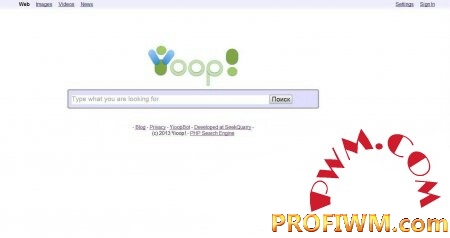 • 23 апр 2015, 18:33
• 23 апр 2015, 18:33

- Переслать
- Поделиться
- Подписаться
Движок может быть отконфигурирован для последующей интеграции в любую веб-страницу, к тому же, его можно настроить на выдачу определенных результатов и определенного числа результатов после поиска в пределах вашего веб-сайта (схоже с Google Custom Search).
...
 • 23 апр 2015, 21:27
• 23 апр 2015, 21:27

HOMER_1, А ще сала і горілки... устанавливай 
 • 23 апр 2015, 21:32
• 23 апр 2015, 21:32

еп роспаковал його пишет заходю на сайт а мне пишет сервер не найден
Невозможно найти удалённый
сервер
 • 23 апр 2015, 21:32
• 23 апр 2015, 21:32

HOMER_1, У меня на локалке вче ок
 • 23 апр 2015, 21:32
• 23 апр 2015, 21:32

где штакес?
 • 23 апр 2015, 21:33
• 23 апр 2015, 21:33

розкажи что после того как розпакувал сделать?
 • 23 апр 2015, 21:33
• 23 апр 2015, 21:33

HOMER_1, Там есть фаил INSTALL
 • 23 апр 2015, 21:34
• 23 апр 2015, 21:34

и?
 • 23 апр 2015, 21:34
• 23 апр 2015, 21:34

HOMER_1, Там читай
 • 23 апр 2015, 21:35
• 23 апр 2015, 21:35

SeekQuarry/Yioop --
Open Source Pure PHP Search Engine, Crawler, and Indexer
Copyright (C) 2009 - 2013 Chris Pollett chrisУдалён
http://www.seekquarry.com/
LICENSE:
This program is free software: you can redistribute it and/or modify
it under the terms of the GNU General Public License as published by
the Free Software Foundation, either version 3 of the License, or
(at your option) any later version.
This program is distributed in the hope that it will be useful,
but WITHOUT ANY WARRANTY; without even the implied warranty of
MERCHANTABILITY or FITNESS FOR A PARTICULAR PURPOSE. See the
GNU General Public License for more details.
You should have received a copy of the GNU General Public License
along with this program. If not, see <http://www.gnu.org/licenses/>.
What follows is a brief summary of how to install Yioop!
More details about installation and configuration (including screenshots)
can be found at:
http://www.seekquarry.com/?c=main&p=documentation
Installation
-------------
(1) Move the Yioop search engine into some folder under your
web server's document root. Yioop makes use of an auxiliary
folder to store profile/crawl data. Before Yioop will
run you must configure this directory. To do this
point your web browser to the location of Yioop. A
configuration page should appear and let you set the
path to the auxiliary folder. For this
step you must connect via localhost or you must have a
configs/local_config.php file with NO_LOCAL_CHECK defined to true.
Make sure the web server has permissions on the place where this auxiliary
folder needs to be created. Once you have set the folder,
you should see a second form beneath the select-a-path
form. This form allows you to configure the debug settings,
database settings, queue server and robot settings.
After filling in this form and submitting it,
the installation is complete.
(2) To start the queue server you type:
php queue_server.php terminal
from the bin folder.
(3) You need at least one fetcher running
to download pages.To run a fetcher, simply type:
php fetcher.php terminal
from the bin folder.
(4) To start a crawl, you need to point your browser at the url
of your Yioop installation. Click on the admin link,
then the manage crawl link. Type in a description of your
crawl and click "Start New Crawl". After about a minute you should
start the Currently Processing and Most Recent Urls sections updating
with info about the current crawl.
(5) After running your crawl for a while you can click the Stop
button to stop it. The crawl should show up after a delay in the
Previous Crawls table. Their you can choose to resume a crawl,
delete it, or set it as the current index.
(6) If you set a crawl as the current index, when you go
back to your installations web page and type a query in the search bar,
the query will be answered with the results from that crawl.
 • 23 апр 2015, 21:38
• 23 апр 2015, 21:38

нифига не понял


